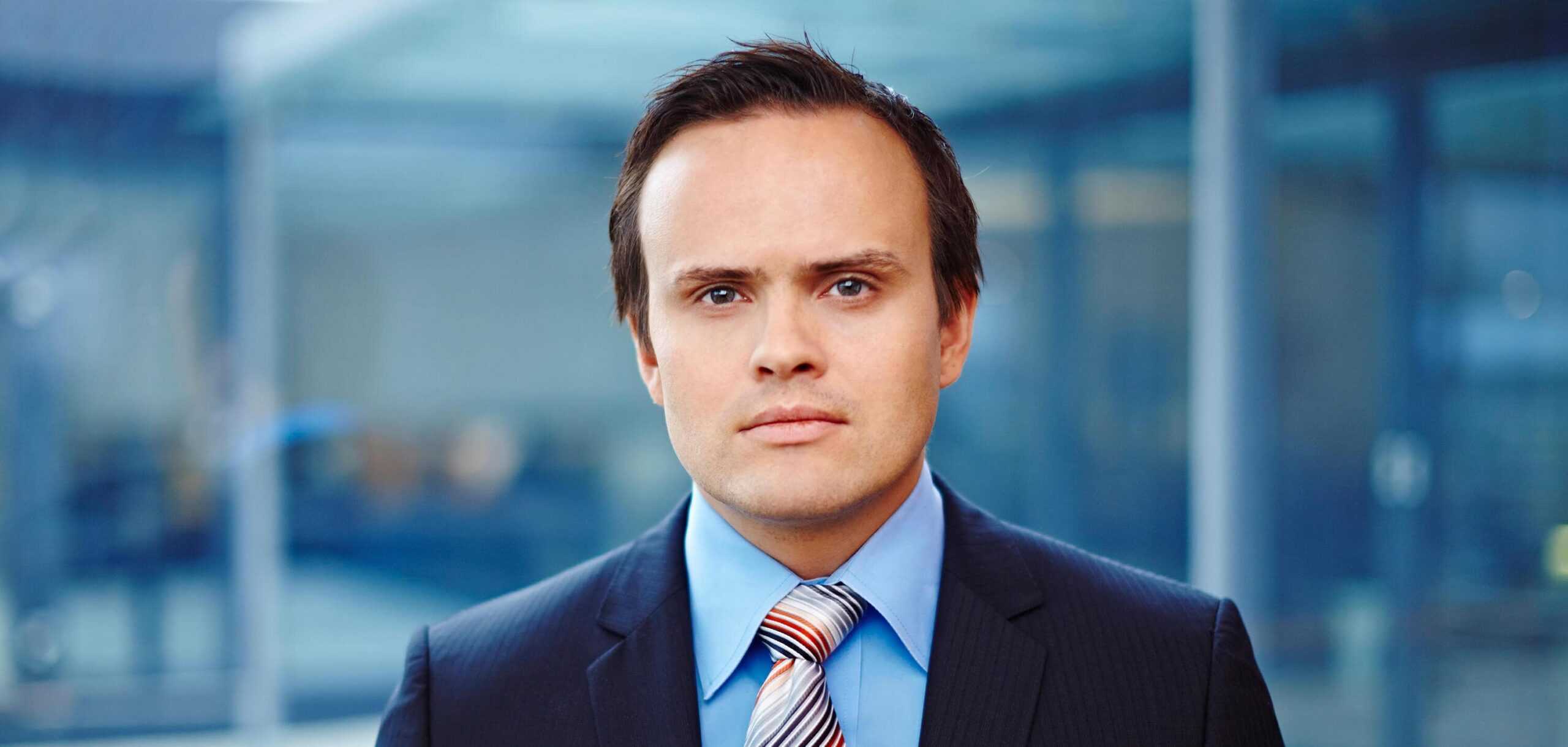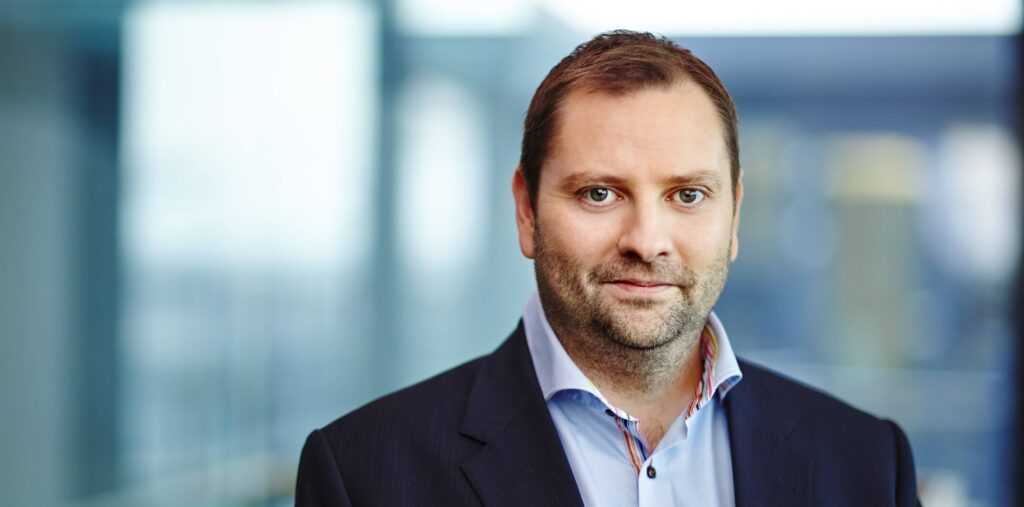By Hamlin Lovell, NordicInvestor
Iceland was upgraded by MSCI from Standalone Market status to Frontier Market status in June 2020, with Arion Banki one of two local stocks included in the MSCI Frontier Market Index in its May 2021 Semi-Annual Index Review.
In some ways Iceland is similar to other markets, in that interest rates are at an all-time low and equity markets have been driven to a high level. The appetite for infrastructure and ESG is also shared with other Nordic allocators.
NordicInvestor interviewed from Arion bank Hjörleifur Arnar Waagfjörð, Head of Institutional Asset Management, and Haraldur Yngvi Pétursson, Senior Portfolio Manager, to hear how the economy and investment strategies have developed over 2020 and 2021.
“Iceland has seen enormous growth in tourism since 2011, which became one of our largest export drivers. The sudden negative change in tourist revenues, due to the pandemic, was a big blow to the economy, which contracted by 6,6% in 2020. Unemployment is now at 10%, but is expected to be notable higher in the tourist industry and the areas that are most exposed to it. The pandemic led to a huge drop in the local equity markets, the ISK exchange rate fell, while bond yields also dropped,” says Waagfjord (pictured above).
The official responses were equally swift. “Iceland’s central bank cut rates in a relatively short time from 3% to 0.75%, the lowest ever. The government also acted towards the situation by offering assistance to companies and allowed for delays in tax payments. The central bank sought an honorary agreement with the local pension funds in the matter that they would not sell the local currency in order to buy foreign currency, unless necessary. Fortunately, we had already substantial foreign currency holdings so our pension fund clients were not affected by this agreement. In the eye of the pandemic storm, when markets were quite hit and markets were in general at a low point we used the opportunity to gradually increase our positions in foreign and domestic markets,” says Petursson (pictured below).
Public equities
Iceland’s public equity market, which only began trading in 1991, and is now part of Nasdaq Nordic along with the Copenhagen, Helsinki and Stockholm exchanges, saw a notable public equity offering in September 2020. “The local airline, Icelandair, raised ISK 30 billion (EUR 200 million) in a secondary offering that was oversubscribed with record levels of retail participation as well as some pension fund investment. The current low interest rate environment has among others raised awareness of riskier investment opportunities. This was for example seen in the Icelandair offering,” says Waagfjord.
“The equity market is well capitalized, so cash rich companies are returning capital to investors after limitations in that area following the pandemic. Arion Banki is for example returning back to investors almost 10% of its market capitalization, and the largest telecom company is also doing similar ratios. Insurance companies also offer opportunities for high dividends and buy backs,” says Petursson.
Iceland actually joined the FTSE Russell Frontier Markets Index in September 2019, well before its planned addition to the MSCI index this year. In addition to Arion and Marel (which also has a Euronext listing in Amsterdam) joining the main MSCI Frontier Markets Index, nine Icelandic equities should be joining the MSCI Frontier Markets Small Cap Index: Brim (Consumer Staples; Hagar (Consumer Staples); Siminn (Communication Services); Festi (Consumer Discretionary); Reitir Fasteignafelag (Real Estate); Reginn (Real Estate); EIK Fasteignafelag (Real Estate); Eimskipafelag Islands (Industrials) and Vatryggingafelag Islands (Financials).
Private equity and infrastructure
“We believe that substantial opportunities have opened up over the past year in the unlisted equity market, including re-organisations, mergers and acquisitions,” says Waagfjord. Iceland is unusual in terms of the relative sizes of public and private equity markets. The listed equity market valued at around USD 10 billion is small relative to GDP at about 50% of GDP (compared to 200% in the USA), and there are only 23 listed companies.
“To use the opportunities in the unlisted equity market we have already and expect to make considerable further commitments to local private equity funds, which raise money mainly domestically but also from some foreign investors. In Iceland, private equity is not so strictly divided into categories such as growth, buyouts or venture capital. Most funds have a broad and flexible mandate to invest across these sleeves, though some may be tilted towards some segments,” says Waagfjord.
Industries in Iceland include energy intensive areas that benefit from affordable geothermal and hydro-electricity: traditionally aluminium, and more recently other heavy usage industries such as data centers. Others include fintech, software, gaming, technology, life sciences, real estate and pharmaceuticals.
The government is currently encouraging infrastructure investment, partly to deal with unemployment. “We have been investing in special infrastructure vehicles for several years, both in the form of specialized funds as well as directly,” says Petursson. Infrastructure investment could typically include tourist related areas such as roads, national parks and key tourist sites. Privatisation of government stakes such as in Islandbanki could also raise funds for the government to invest in infrastructure such as tunnel, road, harbor and communication cable projects.
Bonds
Iceland’s bond market is worth around USD 23 billion, more than twice the size of its public equity market. The ten year government bond yield of 3.5% as of February 25th is among the highest in Europe. Within the European Economic Area (the EU plus Norway, Iceland And Liechtenstein), only Romania offers a yield close to these levels at the ten-year maturity.
Globally, investors would need to look at emerging markets such as Russia, Brazil, Indonesia, India or South Africa to get a much higher yield. All of these countries have lower credit ratings than Iceland, which currently offers the highest yield for any country with a credit rating of at least ‘A.’ The Icelandic Government has an investment grade credit rating of ‘A’, according to Standard and Poors, A2 from Moodys and A from Fitch. This has been upgraded since 2015; between late 2008 and 2015, Iceland had the lowest S&P investment grade rating of BBB-.
Green Bonds and ESG
The local bond market includes some “sustainable” bonds, issued by the Reykjavik, the capital of Iceland, since it established a green bond framework in December 2019. For instance, issuance of green bonds by Reykjavik Energy in 2020 attracted real yields of 1.36% for the 2034 bond and 1.43% for the 2055 bond. The use of proceeds can include renewable energy, clean transport, carbon capture and storage. The City of Reykjavik publishes an annual Impact report on these bonds. The 2019 report showed that the largest use of proceeds was green buildings at 68.2% (schools and swimming pools), followed by clean transportation at 23% (walking and cycling paths, clean bin lorries, E-vehicles and charging stations), energy efficiency at 5.6% (LED street lights), waste management at 2.9% (landfill gas production plant) and sustainable land use at 0.3% (wetland reclamation). Municipalities in Iceland are also issuing green bonds through Municipality Credit Iceland.
The bonds are listed on Nasdaq Iceland Sustainable Bond Market, and on the Nasdaq Sustainable Bond Network.
ESG
Green bonds are one example of ESG investing in Iceland, which is increasingly applying to all investments. “Iceland was relatively late to adopt ESG which is likely strongly linked to the financial and economic situation after the 2008 crisis. The asset management of Arion bank has for years been UNPRI signatory, look to acts like UN Global Compact, and has adopted the ESG framework to all investment processes. “Rather than follow a negative screening approach, we emphasise active engagement, to gain more information from companies, to understand their policies and to help them make needed changes. is The ESG overlay has increased in role in last semesters and is becoming an important part of our long-term investment strategy,” says Waagfjord.




